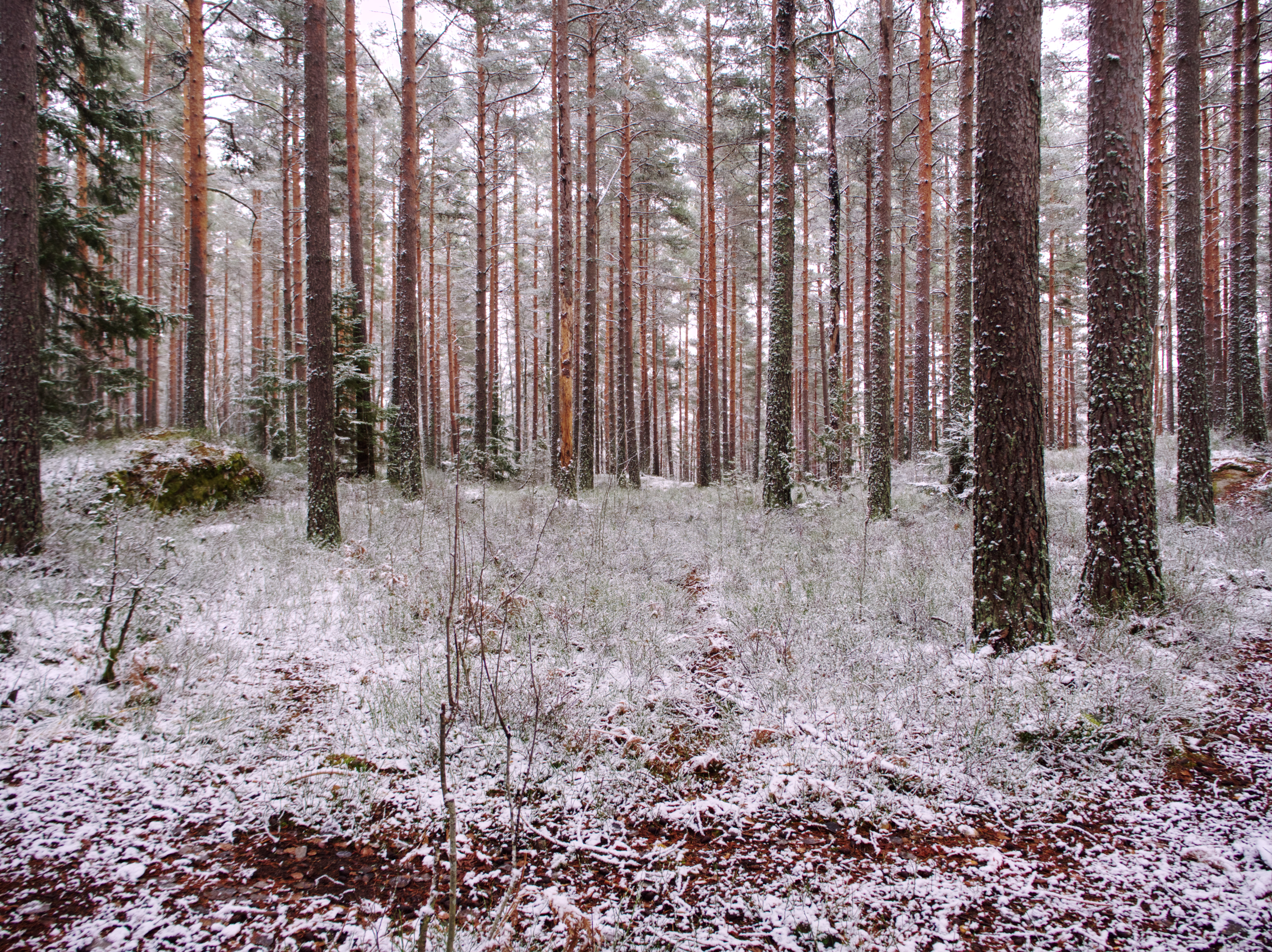
Why I built Postcard: A calmer alternative to social networks
During the pandemic, I deleted most of my social media accounts. While social networks started as a great way to stay in touch - the websites evolved into addictive entertainment platforms. But I still wanted to keep in touch with friends and family. So, I started a personal newsletter, and that's how Postcard was born.
Facebook was the first and last great social network. That’s because the assumption was that every person was on Facebook, and it was a way to keep in contact that you knew in real life. Facebook was ubiquitous.
As other websites like Twitter and Instagram grew, they never reached the scale of Facebook. These networks moved away from friends because they needed more content. This change happened when social networks began to make money on ads. Ads seek attention - driving social networks to move from helping people connect to capturing your attention for their advertisers.
Social networks slowly evolved into social media. While social networks promoted knowing friends and staying in touch, social media promoted consuming content and following media personalities you didn’t know. Social media has become closer to a customized, 24/7 TV channel than a way to keep in touch.
With the rise of AI, humans will no longer be creating content. Algorithms will study each user and generate custom content designed to addict that person, all in the pursuit of feeding them more ads. It sounds dystopian - but we’re not far from it. Social media is no longer about community - it’s about ad impressions.
There’s good news, though. There's a calm way to stay in touch with everybody: Personal newsletters.
Even the staunchest anti-social media advocates keep a newsletter. Cal Newport, the author of “Digital Minimalism,” eschews all social networks but has maintained a personal newsletter for over a decade. This is because newsletters go to your email inbox and skip any algorithmic boosts or manipulation that control what content you see.
If you are ready to break the cycle on addictive social networks, try setting up a personal newsletter with Postcard. You can still participate in social networks by sharing posts on those sites. But you can build a newsletter over time that you own.
Facebook was the first and last great social network. That’s because the assumption was that every person was on Facebook, and it was a way to keep in contact that you knew in real life. Facebook was ubiquitous.
As other websites like Twitter and Instagram grew, they never reached the scale of Facebook. These networks moved away from friends because they needed more content. This change happened when social networks began to make money on ads. Ads seek attention - driving social networks to move from helping people connect to capturing your attention for their advertisers.
Social networks slowly evolved into social media. While social networks promoted knowing friends and staying in touch, social media promoted consuming content and following media personalities you didn’t know. Social media has become closer to a customized, 24/7 TV channel than a way to keep in touch.
With the rise of AI, humans will no longer be creating content. Algorithms will study each user and generate custom content designed to addict that person, all in the pursuit of feeding them more ads. It sounds dystopian - but we’re not far from it. Social media is no longer about community - it’s about ad impressions.
There’s good news, though. There's a calm way to stay in touch with everybody: Personal newsletters.
Even the staunchest anti-social media advocates keep a newsletter. Cal Newport, the author of “Digital Minimalism,” eschews all social networks but has maintained a personal newsletter for over a decade. This is because newsletters go to your email inbox and skip any algorithmic boosts or manipulation that control what content you see.
If you are ready to break the cycle on addictive social networks, try setting up a personal newsletter with Postcard. You can still participate in social networks by sharing posts on those sites. But you can build a newsletter over time that you own.
